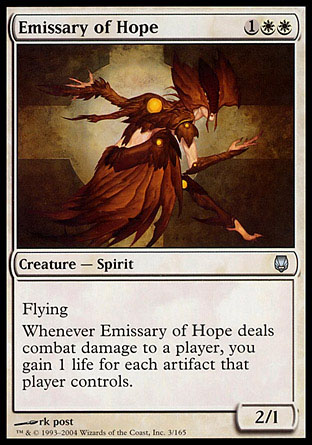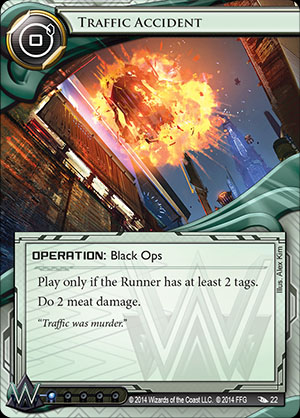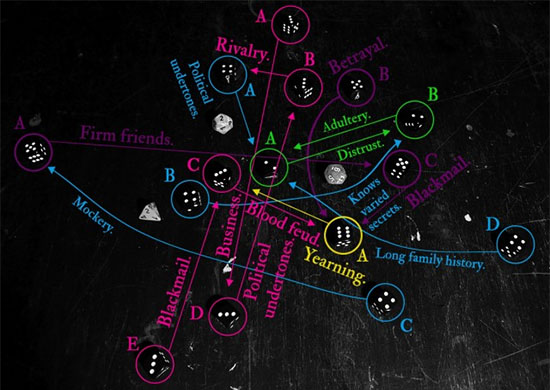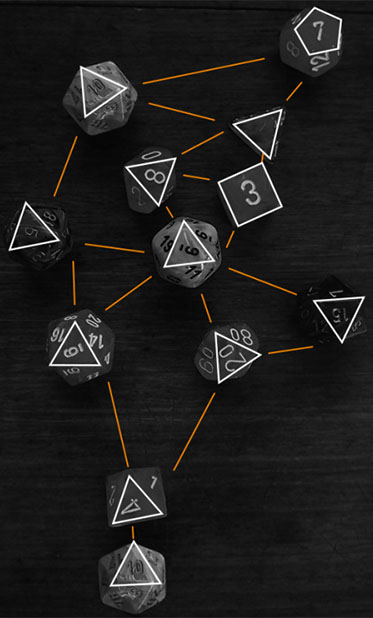If you’ve been hanging around the Alexandrian for awhile, then you know that I like procedural content generators. A few examples from the past include:
They’re useful for rapidly refreshing the core content of an open table. They’re valuable improvisation tools while running the game. And they’re an excellent way of getting your creative juices flowing when you’re creating content.
MAGIC THE GATHERING
Here’s a system proposed by Baldr12 on reddit recently. Take your Magic the Gathering cards (or use a random card generator) and draw five times to determine:
THE PROBLEM (Creature/Enchantment): This is the problem. It may have just appeared or it may have just gotten worse.
THE SETTING (Non-Base Land): This is the primary location. It’s either where the problem is located, where it needs to be solved, or both.
THE SOLUTION (Artifact/Sorcery): The macguffin that will solve the problem.
THE FRIEND (Creature): This is somebody that wants the problem removed or can help the PCs remove it.
THE ANTAGONIST (Creature): This is the person who doesn’t want the problem resolved. They may have been the one to cause it or they might be profiting from it.
EXAMPLE SCENARIO
 THE PROBLEM (Emissary of Hope): An “angel” claiming to represent the Nine Gods is offering people absolution from their sins with the promise of immediate entry into a heavenly afterlife. Those who agree to the Emissary of Hope’s offer, however, turn up dead.
THE PROBLEM (Emissary of Hope): An “angel” claiming to represent the Nine Gods is offering people absolution from their sins with the promise of immediate entry into a heavenly afterlife. Those who agree to the Emissary of Hope’s offer, however, turn up dead.
THE SETTING (Cursed Land): A place known as Devil’s Hollow, deep within the Old Wood.
THE SOLUTION (Envelop): An old holy ritual which will unknit the flames of the soulbright flamekin. Unfortunately, the Emissary of Hope has destroyed all the local holy books which contain the ritual.
THE FRIEND (Canker Abomination): These evil creatures of legend are coming out of the Old Wood. The local church is condemning them. But if the heroes investigate, they’ll discover that some of the canker abominations are speaking with the voices of those “taken to Heaven” by the Emissary of Hope.
THE ANTAGONIST (Soulbright Flamekin): The source of all this confusion and horror is a soulbright flamekin sorcerer who has taken up residence in Devil’s Hollow. The Emissary of Hope is the soulbright’s creation, trapping the souls of its victims into trees which become canker abominations. The soulbright then draws the canker abominations to itself and burns the wood, claiming the souls for itself.
NETRUNNER
Here’s a quick variant I threw together for using Netrunner cards to generate cyberpunk heists.
THE CLIENT (Identity): This is either the person looking to hire the PCs or the corporation the pseudonymous Mr. Johnson works for.
THE TARGET (Agenda/Asset/Upgrade): This is what they want.
THE JOB (Operation/Event): This desscribes the nature of the job. (You can draw this option multiple times to enrich the difficulty or the complications of the mission.)
THE PROBLEM (Asset/Hardware): This is a hurdle that is going to make finishing the job difficult. (You generally want to draw one problem for each job card you pull.)
THE TWIST (Operation/Resource): Finally, no heist is complete without an unexpected complication somewhere along the way.
EXAMPLE SCENARIO
 THE CLIENT (The Foundry): A lunar mining facility that produces the advanced materials required to build bioroids.
THE CLIENT (The Foundry): A lunar mining facility that produces the advanced materials required to build bioroids.
THE TARGET (Net Police): A division of the Lunar PD that recently executed a secret warrant on the Foundry’s databases. The Net Police now have a dossier containing information that the Foundry can’t afford to let out into the wild.
THE JOB (Traffic Accident): The lead investigator for the Lunar PD needs to be taken out of the equation, but it needs to look like an accident. Literally. The PCs need to sabotage her flier. Once she’s out of commission, the case will pass to her deputy.
THE PROBLEM (Deep Red): The deputy is clean, but the Foundry has access to the deputy’s passkeys. Unfortunately, the only way to use the passkeys is to gain access to the Lunar PD’s evidence databases. And those are hyper-secure. The only way to get reliable access from outside Lunar PD headquarters? Cutting edge Caissa ICE. You’ll have to heist a Deep Red unit with the latest Caissa releases.
THE TWIST (Rework): When they pull the file and burn the evidence database, the PCs discover that a copy of the secure file has already been made to a grand jury database. To finish the job, they’re gonna have to hit the courthouse!
















